Description
[Unreleased new master of the first day of the first visit to Japan unearthed after 48 years!] This time, our shop has independently obtained the audience source new master of Eric Clapton’s first visit to Japan, the first day of the Nippon Budokan performance on October 31, 1974! Although it was a mono cassette tape recording at the time, it was in very good condition and the pitch was normal. When I listened to it, the sound field was very rich, the sound (phase) was also spread, and the sound quality was clear and easy to listen to. And it is a complete recording. The sound source of this day has been released in the past as “THE FIRST SHOW IN JAPAN (2CD)” and other titles are also available on the market, but it was a genuine first appearance diff master different from any of them. However, perhaps because they tried to save tape at the time, there were parts where the recording was stopped between songs, and the end of Get Ready, which probably hit the tape change, was cut off, but as stated, it was compensated for with our existing board, perfectly reproducing the reality of the day. If you listen to the part that switches to the compensation part, the phase width is a little narrower, and the sound sounds a little thin, leaning towards the treble. The previously released version was also an excellent recording, but in other words, if you think about it the other way around, you will understand that this new master captures the bass range and has a more balanced, straight, and rich sound field. Please check out the quality of the first generation master, which has been directly converted to CD from the recorder’s master cassette and is appearing in Japan for the first time. …It’s been 48 years since then. Clapton was 29 years old at the time. A superstar who came to Japan for the first time. The passionate rock fans of the time waiting for him. The excitement and the stage proceeding while enjoying it. The mood of the Budokan on that day is captured in detail here. This is the historic day when the hot relationship between Clapton and Japan began, and it is also a day that became a commemorative day for Japanese rock fans. This board, which contains the master that first appeared in Japan, can be said to be the appearance of a new standard on this day. [The truth of the Japanese performance organized with expectations] 1974. Three years prior to this year, Clapton had retired from the music scene due to drug addiction, and at one point it was reported that he would never be able to recover, but he suddenly made a comeback. He cut off the long hair he had shown at the only Rainbow concert in 1973, and returned to the scene with a slightly tanned, healthy look. The world was excited by Clapton’s return to activity. Following the recording and release of the new album, the management side quickly organized a US stadium tour in an attempt to seize this business opportunity, and while the situation was widely reported, it was unbelievable that a performance in Japan was realized. The next tour destination after the major market, America, was Japan! It seems that Clapton had expectations and longings for the Far East, a land he had yet to see. Clapton was a big fan of Japanese period dramas and Akira Kurosawa films from a young age, and was such a Japan lover that he named Toshiro Mifune as his favorite actor during his time with Cream. Finally, he was able to set foot on that land. What were Clapton’s thoughts? Let’s take a look back at Clapton’s activities in 1974, which marked his memorable comeback after a three-year hiatus. February: Appeared as a preacher in The Who’s film “TOMMY.” Filmed the scene and recorded the soundtrack. April 10: Held a comeback party at a Chinese restaurant in Soho, London. April 13-May: Recorded “461 OCEAN BOULEVARD” in Miami. June 20-August 4: After a warm-up concert in Scandinavia, he embarked on a US stadium tour. August 5: Recorded with Freddie King at Criteria Studios in Miami. The recordings from this time were included in King’s album “BURGLER” and released the following year. <<On this day, “461 OCEAN BOULEVARD” was released>>・August to September: Recording of “THERE’S ONE IN EVERY CROWD” in Jamaica・September 28 to October 6: Short North American tour・October 31: First visit to Japan. Performance at Nippon Budokan ←★This work★ to November 6: Japan tour・November 26 to December 5: European tourAs you can see from this, the year he decided to make a comeback, he started his energetic activities from the beginning of the year, such as making a guest appearance in The Who’s movie. Despite having just recovered from his illness, he suddenly went on a long-term American tour, and recorded his next album, and worked without a break, as if to make up for the three years he had been retired. And during that time, he performed in Japan. The Budokan before the show was strangely excited. That mood is also captured in this work. This Japan tour consisted of a total of five performances in Tokyo and Osaka, but the live reviews from the press and others at the time were aimed at the first day’s stage, which was attended by a large number of reporters and reporters, and were that “Clapton didn’t play the guitar much, leaving it to George Terry, which was disappointing,” and for many years this has been the conventional wisdom as if this was the evaluation of all of his first visits to Japan. However, if you listen to this work, you will understand that this was clearly incorrect. Clapton was “playing” well. He played a wonderful performance that resonated from the tail-cut body of a 1957 Gibson Explorer, which everyone was amazed to see at the time. [The true form of Clapton that overturns the conventional wisdom is here! Time travel to the Nippon Budokan on that day!] But why did such an evaluation take root? This is merely speculation, but I feel that it is probably a misunderstanding caused by the gap between the image imagined and reality. The reasons for this were: 1) Clapton was drunk. First, he appeared on stage and let out a strange cry. The venue was excited, but just listening to this, it was clear that Clapton was drunk, just like during his US tour. The reporters must have felt that playing while drunk was a disrespect to Japanese fans. 2) The expectations of hearing a guitar god-like performance were betrayed from the first song. For the first three songs, Clapton held a Martin D-45 and performed songs with chord strokes. Moreover, for the opening number, which was very important in capturing the hearts of the audience that day, he brought a song that Clapton had not officially recorded or released, called Smile, which probably only Chaplin movie fans would have known. It was a complete disappointment. The guitar solos for these three songs were played by second guitarist George Terry on electric guitar. The first song Clapton played after switching to electric guitar was Tell The Truth. Here, Clapton stepped on the wah pedal and played a majestic solo, but the impression of Terry’s slide guitar, which was featured throughout the song, was stronger. The impression of “he didn’t play any solos at all” may have been formed just from the beginning. – The unreleased new songs that were performed for the first time in Japan were plain and did not leave a lasting impression. He performed three new songs that would be included in “There’s One in Every Crowd” released the following year, but since they were all plain numbers, they did not leave a strong impression and may have been overlooked (although he did have a proper solo in Singin’ The Blues). – The reporters were impressed by the energetic stage performance of white blues guitarist Rory Gallagher, who had made his first visit to Japan in January that year. Therefore, it is possible that they had excessive (misplaced) expectations of Clapton, who is a guitarist of the same ilk. – The reporters may have lost their memories due to the chaos at the Layla venue. After a series of low-key numbers, the masterpiece Layla, which most of the audience was eager to hear, was suddenly performed in the second half. Perhaps because all the surrounding audience members stood up, the sound of Layla is a bit chaotic even on this album. The reporters must have been surprised by the excitement and frenzy of the audience. The impression was so strong that the small checkpoints up to that point may have been skipped. I feel that this erroneous theory was born from the above. However, please listen to Badge in this work. Please listen to Have You Ever Loved A Woman. The phrasing in the first half of the first solo in the former is exactly the sharpness of the slow-hand playing technique itself. And while the second solo is initially left to George Terry, Clapton cuts in halfway through and becomes an incandescent twin lead. The two players’ playing can be distinguished by this high sound quality. And the latter is impeccable vocals and guitar playing. There is no way that he “didn’t play much” even though he was playing like this. He also played some aggressive solos in the new song Singin’ The Blues. The ending of I Shot The Sheriff is typical of Clapton, and in Layla, he and George Terry’s twin lead explodes. There are some low-key numbers and some numbers where he doesn’t play solos, but that’s because he prioritized the band ensemble and improved the perfection of the songs, and he showed his true worth as Clapton. In the encore Blues Power, there are many breaks in the song, and there are scenes where the band is perfectly in sync. Of course, this was improvisation. This means that this band had the potential to respond freely to such developments. During the song, Clapton introduces the band members, and the fact that he introduces them one by one by their first names shows how close they are. At the end, Marcy responds with “Eric!” and the venue is in a frenzy. Whether he was drunk or had a modest number, it can be said that Clapton’s first performance in Japan was a great one. Please check it out in this work that includes the new master that is being released for the first time in Japan. Live at Budokan, Tokyo, Japan 31st October 1974 PERFECT SOUND(New Source) Disc 1 (62:45) 1. Intro 2. Smile 3. Let It Grow 4. Better Make It Through Today 5. Tell The Truth 6. Badge 7. Singing The Blues 8. Have You Ever Loved A Woman 9. I Shot The Sheriff Disc 2 (45:50) 1. Little Rachel 2. And The Hand Jive 3. Get Ready 4. Layla 5. Blues Power Eric Clapton – guitar / vocals George Terry – guitar / vocals Dick Sims – keyboards Carl Radle – bass Jamie Oldaker – drums Ivonne Elliman – vocals Marcy Levy – vocals / harmonica
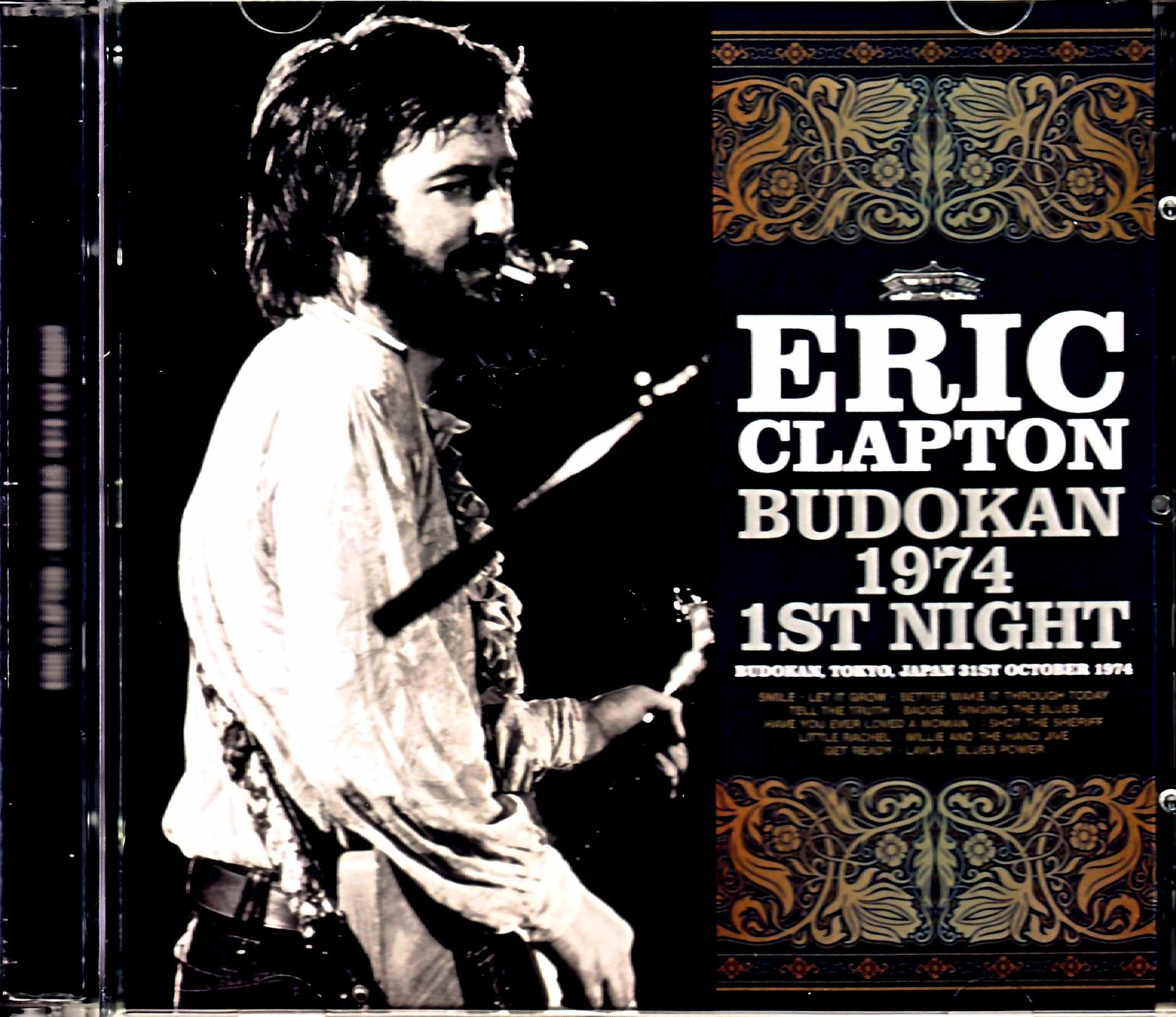
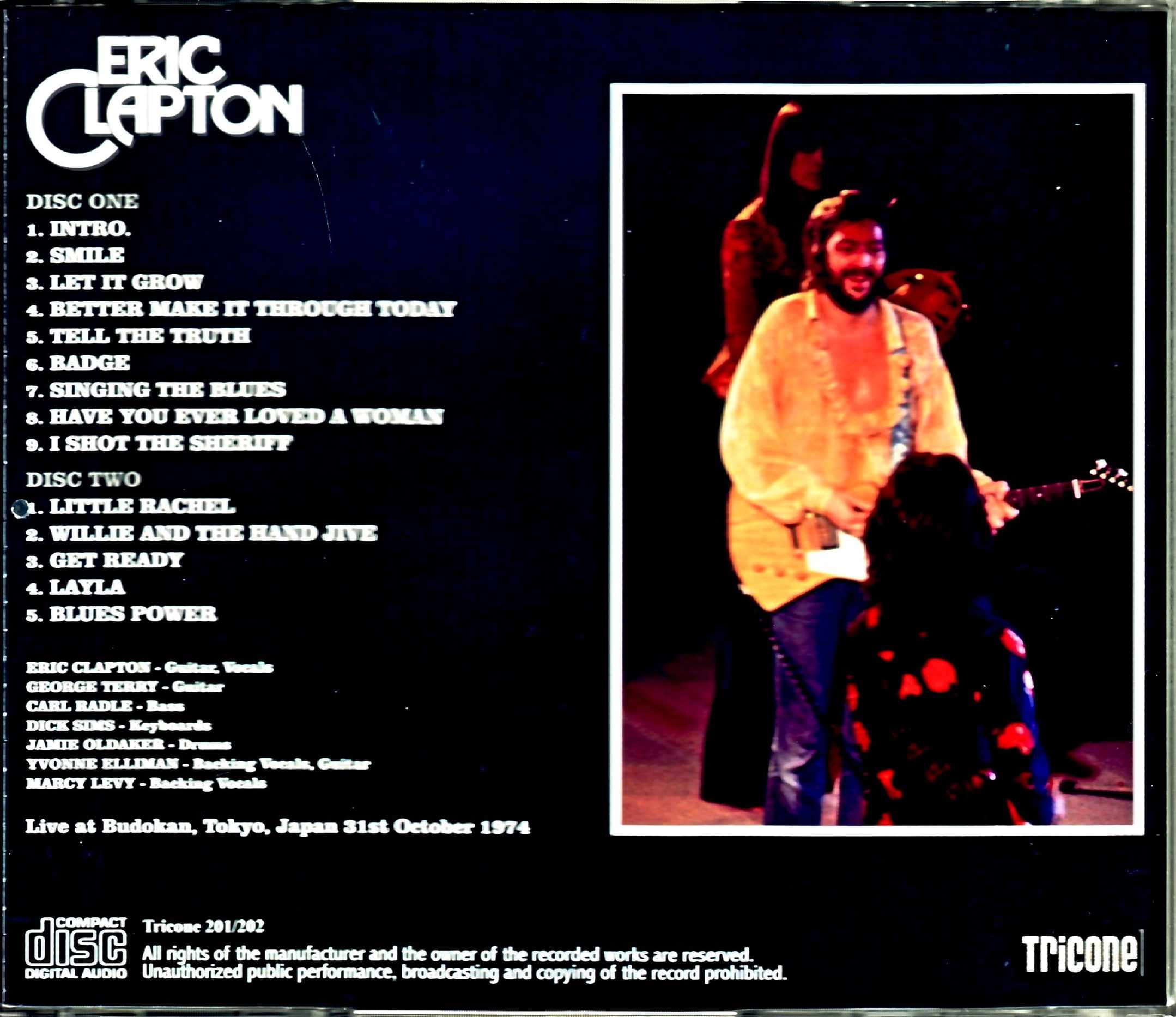

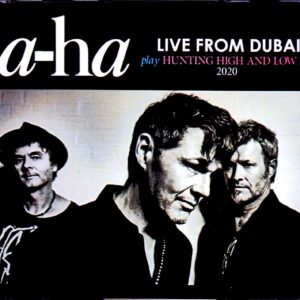
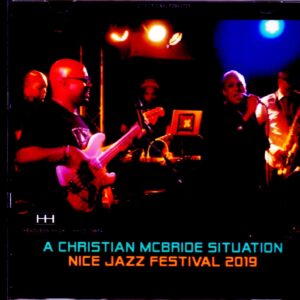
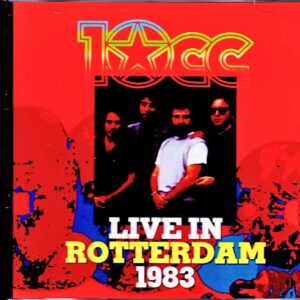
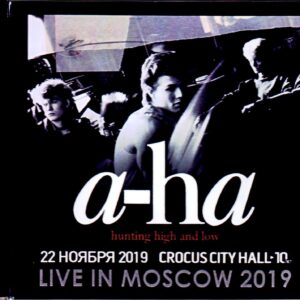
Reviews
There are no reviews yet.